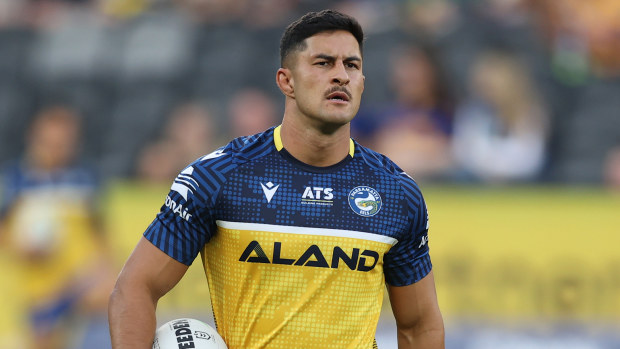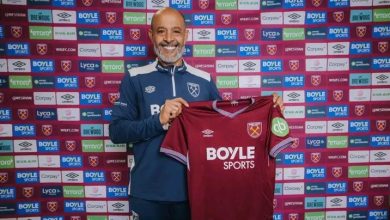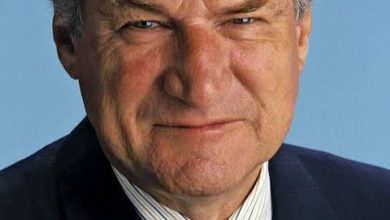Dylan Brown’s Record-Breaking $13 Million Deal Shakes NRL Market, Eels Eye Teen Sensation Galvin…….

The NRL landscape is undergoing significant shifts, with recent high-profile player movements and unprecedented contract offers reshaping team strategies and market dynamics.
Dylan Brown’s Record-Breaking Move
In a move that has sent shockwaves through the rugby league community, New Zealand five-eighth Dylan Brown has agreed to a monumental 10-year, $13 million contract with the Newcastle Knights. This agreement, set to commence after the 2025 season, stands as the richest in NRL history. Brown, who debuted for the Parramatta Eels in 2019, has been instrumental in their lineup, amassing 124 games. His decision to join the Knights has sparked debates among NRL legends, with figures like Matthew Johns and Cooper Cronk expressing concerns over Brown’s transition from five-eighth to halfback—a role the Knights have struggled to fill. They question the wisdom of such a lengthy and lucrative contract, given the physical demands of the sport and the potential for early retirement.
Eels’ Ambitious Pursuit of Lachlan Galvin
Amidst this backdrop, the Parramatta Eels are making bold moves in the player market, setting their sights on teenage prodigy Lachlan Galvin. Renowned rugby league analyst Gus Gould has highlighted Galvin’s exceptional talent, stating, “Lachlan Galvin is the best young player Gus has ever seen.” The Eels are reportedly preparing an extraordinary initial offer of $1 million to Galvin, a sum Gould describes as “crazy.” This approach underscores the Eels’ commitment to securing top-tier talent and their readiness to invest heavily in Galvin’s potential. Andrew Johns, another esteemed figure in the rugby league community, envisions Galvin as a long-term playmaker, forecasting a “15-year playmaker” of exceptional caliber.
Impact on the NRL Player Market
These developments are poised to have far-reaching implications for the NRL player market. The Knights’ substantial investment in Brown challenges traditional contract structures, prompting discussions about the sustainability and risks associated with such long-term commitments. This trend mirrors a broader shift in both the NRL and AFL, where clubs are increasingly offering extended contracts to secure player loyalty and mitigate the volatility of free agency. However, the potential downsides are evident, as players may face early retirements due to the sport’s physical nature, leaving clubs with burdensome contracts. The Eels’ aggressive pursuit of Galvin further intensifies competition among clubs, potentially inflating player valuations and altering recruitment strategies. As clubs vie for emerging talent, the financial landscape of the NRL could experience significant shifts, influencing salary caps and team compositions.
Looking Ahead
The NRL’s evolving player market reflects a delicate balance between securing immediate talent and ensuring long-term financial and competitive stability. As clubs navigate these challenges, the strategic decisions made in the coming months will likely define the league’s competitive landscape for years to come. Fans and analysts alike will be keenly observing how these high-stakes moves play out, shaping the future of rugby league in Australia.





